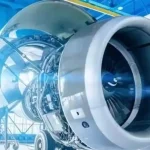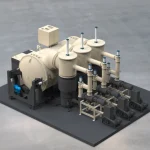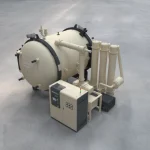Why Choose Tungsten Over Molybdenum for Vacuum Furnaces?
1. Introduction
Vacuum furnaces play a pivotal role in high – temperature industrial processes such as sintering, heat treatment, and brazing. The choice of materials directly impacts efficiency, durability, and safety. Tungsten and molybdenum are key candidate materials, and this article explores why tungsten is preferred over molybdenum for vacuum furnaces.
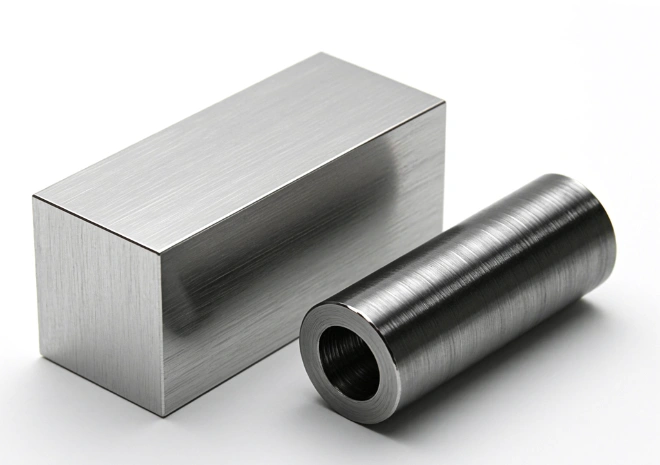
2. Why Is Tungsten Preferred Over Molybdenum in High – Temperature Vacuum Furnaces?
2.1 Advantages in Melting Point and Thermal Stability
● Melting Point Comparison: Tungsten, with a melting point of 3422°C, is the metal with the highest melting point among all metals, far exceeding that of molybdenum (2623°C). It is well – suited for temperature scenarios that approach or exceed the melting point limit of molybdenum, such as sintering refractory metals or ceramics.
● Thermal Stability: Tungsten can maintain its structural integrity and mechanical properties at higher temperatures. It has a low risk of degradation when exposed to extreme heat for long periods, ensuring the long – lasting durability of vacuum furnace components.
2.2 Corrosion Resistance and Creep Resistance
● Oxidation and Corrosion Resistance: In a vacuum environment, tungsten is more resistant to oxidation and corrosion than molybdenum. It is well – adapted to harsh vacuum conditions, such as when trace amounts of oxygen or reactive gases are present.
● Creep Resistance: Tungsten exhibits excellent creep resistance. It can maintain its shape and function under high – temperature and high – pressure conditions for extended periods, which is a crucial advantage in the design of high – temperature vacuum furnace components.
3. Why Is Molybdenum Less Suitable for Extreme Temperature Applications?
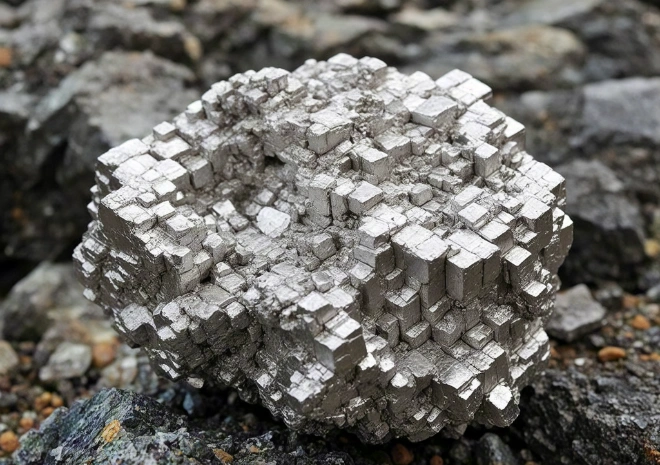
3.1 Limitations in Melting Point and High – Temperature Strength
● Insufficient Melting Point: The melting point of molybdenum (2623°C) restricts its application in the highest – temperature processes. For example, it may not be suitable for ultra – high – temperature (>1600°C) vacuum furnaces.
● Decline in High – Temperature Strength: The mechanical strength of molybdenum decreases more rapidly at high temperatures. In extreme conditions, this may affect its structural integrity, making it unsuitable for long – term high – temperature load scenarios.
3.2 Oxidation Risk and Applicable Scenarios
● Oxidation Tendency: Molybdenum is more prone to oxidation at high temperatures, which can lead to premature failure of vacuum furnace components, especially in non – completely inert environments.
● Cost – Effective Scenarios: Molybdenum is more suitable for low – temperature or short – cycle vacuum furnaces, such as heat treatment processes that do not require extreme temperatures, where it offers better cost – effectiveness.
4. How Do the Mechanical and Thermal Properties of Tungsten and Molybdenum Differ?
4.1 Key Performance Comparison
| Property | Tungsten | Molybdenum |
|---|---|---|
| Melting Point (°C) | 3422 | 2623 |
| Density (g/cm³) | 19.3 | 10.2 |
| Thermal Conductivity | High | High (but lower than tungsten) |
| High – Temperature Tensile Strength | Better strength retention | Faster strength decline |
| Creep Resistance | Excellent | Good (but inferior to tungsten) |
5. Where Are Tungsten and Molybdenum Each Best Applied?
5.1 Core Application Scenarios for Tungsten
● High – Temperature Sintering: Such as the sintering processes of refractory metals like tungsten carbide and tantalum.
● Superalloy Heat Treatment: In fields that require extreme thermal stability, such as aerospace.
5.2 Applicable Scenarios for Molybdenum
● Low – Temperature Processes: Such as heat treatment of steel or non – ferrous metals that do not require extreme temperatures.
● Short – Cycle Operations: Scenarios where cost is a concern and temperature requirements are not high.
6. What Are the Advantages and Disadvantages of Using Tungsten?
6.1 Advantages of Tungsten
● Extreme Performance: It can withstand temperatures at which other materials fail, ensuring long – term reliability.
● Stability: Its thermal stability and creep resistance guarantee the long – lasting durability of components.
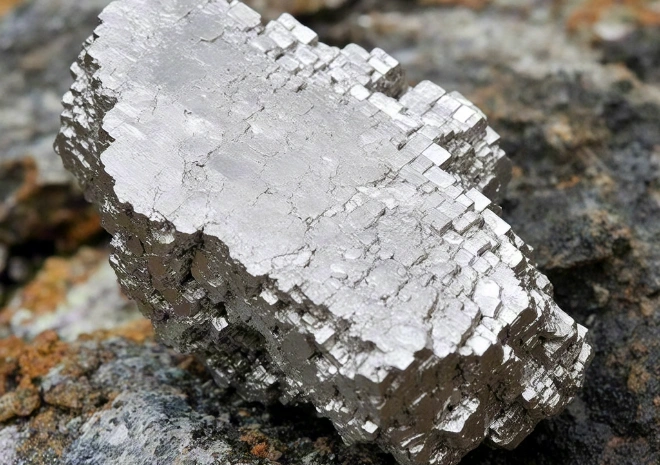
6.2 Disadvantages of Tungsten
● High Cost: Due to its rarity and complex processing, its price is significantly higher than that of molybdenum.
● Processing Difficulty: Its high hardness requires professional tools and techniques, increasing manufacturing costs.
7. Summary
The selection of tungsten or molybdenum should take into account temperature requirements, process compatibility, and cost. Tungsten is suitable for extreme high – temperature scenarios, while molybdenum is appropriate for low – temperature or short – cycle processes. Although tungsten is costly and difficult to process, its long – term durability justifies its use in key vacuum furnace components.
8. Frequently Asked Questions (FAQ)
Q:What are the core differences between tungsten and molybdenum in vacuum furnaces?
A:Tungsten has a higher melting point, better thermal stability, and superior creep resistance, making it suitable for extreme temperatures. Molybdenum is less expensive but has limited high – temperature performance.
Q:Which processes must use tungsten?
A:Processes such as high – temperature sintering of refractory metals (e.g., tungsten carbide) and superalloy heat treatment that require extreme thermal stability must use tungsten.
Q:Why do manufacturers choose tungsten over molybdenum?
A:Tungsten can tolerate higher temperatures, has better oxidation resistance, and offers superior long – term mechanical stability, ensuring the reliability of components under extreme conditions.
Q:What is the difference in melting points between tungsten and molybdenum?
A:Tungsten (3422°C) is significantly higher than molybdenum (2623°C), with a difference of 799°C.
Q:In which scenarios is molybdenum more suitable than tungsten?
A:Molybdenum is more cost – effective in low – temperature or short – cycle processes, such as heat treatment processes that do not require extreme temperatures.
Q:What are the long – term advantages of tungsten components?
A:Under extreme conditions, tungsten components offer excellent high – temperature performance, thermal stability, and durability, reducing the frequency of replacement and maintenance costs.
Q:Can molybdenum completely replace tungsten?
A:No, because molybdenum has a low melting point and poor high – temperature oxidation resistance, and cannot meet the requirements of all high – temperature scenarios.
Q:What are the main disadvantages of tungsten?
A:Tungsten is costly, difficult to process, requires an inert environment to prevent oxidation, and its material brittleness increases processing risks.
Q:How does the cost difference between tungsten and molybdenum manifest?
A:Tungsten is more expensive due to its rarity and complex processing. Molybdenum is usually 30% – 50% cheaper, but in high – temperature scenarios, tungsten offers better long – term cost – effectiveness.
